Google Arts & Culture (formerly Google Art Project) is an online initiative that provides public access to extremely high-resolution photos of artworks and cultural objects. The initiative has partnered with many museums to provide intimate access to some of the most famous paintings in history.
Below are some of my favorite master paintings up close. The first two paintings are by Vincent van Gogh. The high-resolution photos of van Gogh’s paintings are quite amazing in that you can clearly see all his bold strokes of color which he is renowned for.


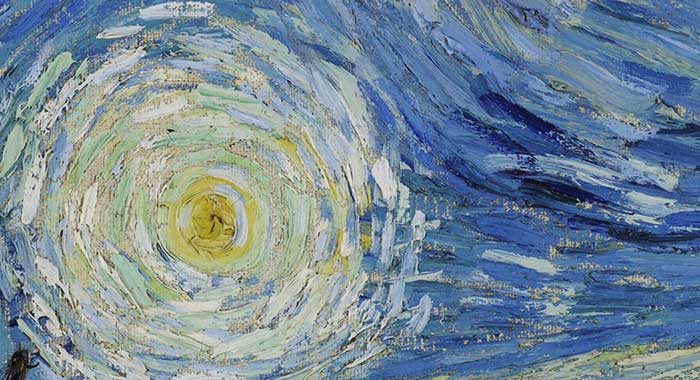

The painting below is a fantastic demonstration of optical color mixing. Up close, you can see all the distinct dabs of color, but from afar all these colors seem to partially blend together. The result is a sense of vibration between all the colors.



Here are some paintings by Claude Monet up close. These up-close photos really give a sense of how Monet liked to paint.
The painting below is a stunning display of relatively vivid oranges and yellows amongst a sea of grays and greens. A few things to note are:
- How simple and relaxed the brushwork is. Monet focused much more on color rather than accuracy in drawing.
- The use of gray throughout most of the painting. This sets a strong foundation to add dark or vivid accents on top of. Many beginners avoid the use of gray, but that is a mistake.

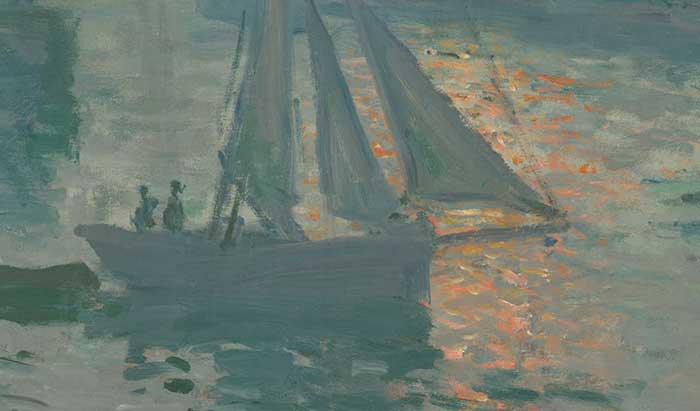

Below is one of Monet’s softer paintings, with all the colors muted to some extent. The close up reveals the delicate color changes in the painting. Notice how much variance there is even in the “quiet” areas like the grass.
When you need to paint an area where there is not that much activity, you could utilize subtle brushwork and color variance as demonstrated by Monet. With both of these elements, you can add a certain amount of variance without attracting too much attention to the area.



I hope you enjoyed these master paintings up close. There are many other paintings you should check out on Google Arts & Culture. Some artists I suggest you look into are:
Thanks for Reading!
Thanks for taking the time to read this post. I appreciate it! Feel free to share with friends. If you want more painting tips, check out my Painting Academy course.
Happy painting!

Dan Scott
Draw Paint Academy

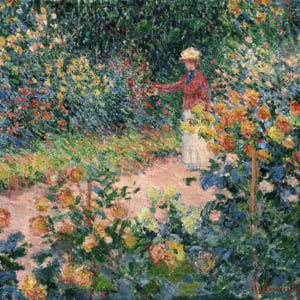
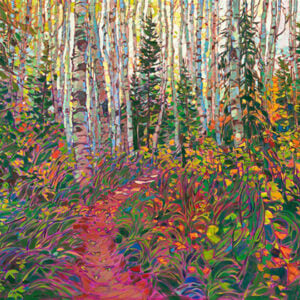
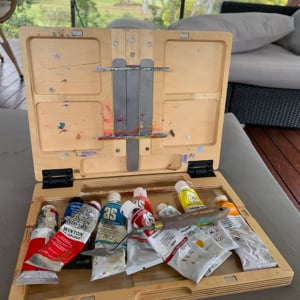
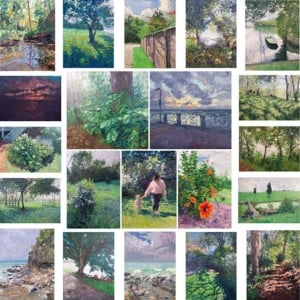
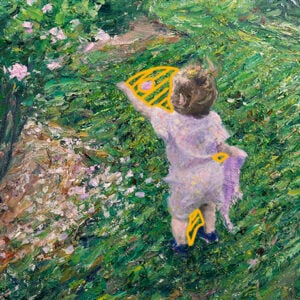
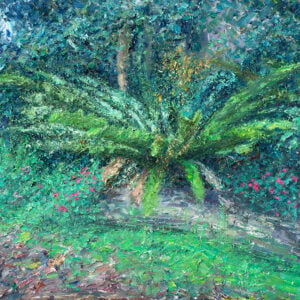
That was very interesting, beautiful pictures 🙂
Thanks Anette 🙂 Dan
This is very helpful. I am struggling with trying to add too much detail –
Thanks Joan. Yes adding too much detail is always a struggle!
Thank you for your information. I have been painting now a little over a year and still struggle. I find it so hard to relax an jist paint. I am so hard on myself I almost quit painting everyday. I know I am talented, its just so hard for me to get it on the canvas. When I do everyone loves my work but I always see mistakes, or I will notice something an say I could have done a much better job. I even sit at my easel an cry sometimes. I really need help with loostening up! Any suggestions?
Hi Nancy. Thanks for the comment! In the big picture, a year is not that long. It will take time to get the confidence and experience. Just try not to worry about making mistakes (as they will happen). And don’t be afraid to experiment in the early stages. There will be paintings which do not work out that well, but that is just part of the journey. If you try to make every painting a masterpiece, then you will end up painting timid all the time. I hope this helps. Feel free to email if you have any struggles.
Dan